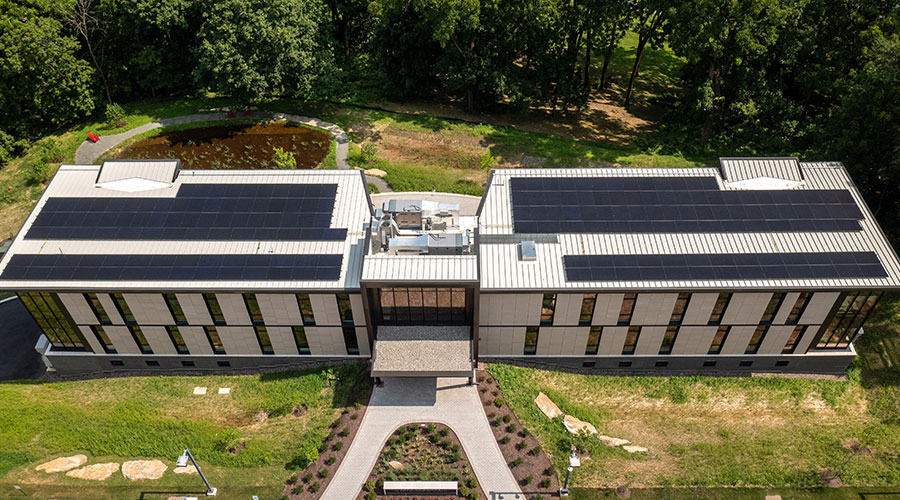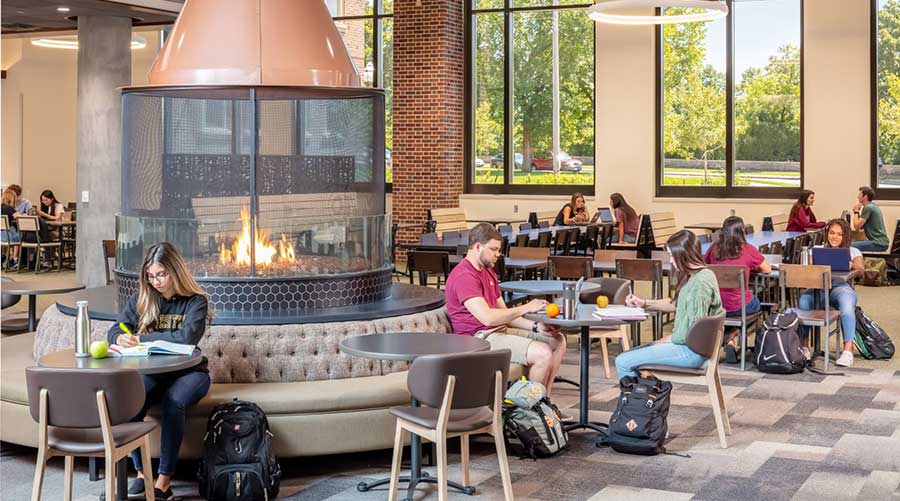Standard Is First For Commercial Buildings Written In Mandatory Language
However jurisdictions choose to implement the standard as code, the notion that the standard is written in mandatory language is an important difference between 189.1 and voluntary systems like USGBC's LEED green building rating system.
"Jurisdictions were regulating green buildings using LEED," says Brendan Owens, vice president, LEED technical development at USGBC, and a key contributor to the development of 189.1. "In the right hands, this could be appropriate, but LEED was never meant to be code."
So USGBC had a vested interest in helping to develop the standard. One of the first steps, says Owens, was to look at all the LEED for New Construction certified buildings at the time, and tally the credits that had been achieved in more than 60 percent of the projects. This strategy gave a good snapshot of the best practices being used in sustainable design and construction. It also provided a good idea of the most practical strategies, baselines and requirements to incorporate into the standard. The committee recognized that the standard was only as good as it was usable.
"The committee provided a truly balanced approach," says Holness. "Cost-effectiveness came into play. It was a rigorous consensus process, as we looked at all the available technologies and strategies and balanced with cost."
In many areas, LEED actually provided the blueprint for 189.1. The standard is structured similarly to LEED, including the categories of sustainable sites, water efficiency, energy efficiency, indoor environmental quality, and materials and resources. And USGBC experts provided much of the technical expertise regarding the specific requirements and targets in these areas, says Owens. IES provided technical expertise in the fields of lighting and daylighting, as well.
Holness says that a building built to 189.1 standards would be about the equivalent of a LEED Silver-certified building. But 189.1 is not meant to supplant LEED; it's intended to be a supplement to it. "The standard nicely dovetails with LEED," he says. "We have a very good partnership with USGBC, and 189.1 is the culmination of that partnership."
In fact, there have been some rumblings that 189.1 might become a prerequisite in the next version of LEED. While neither Holness nor Owens would confirm or deny that notion, Owens says that he's sure 189.1 will have some impact on LEED as the two organizations continue to work together on market transformation.
"Codes set the floor and rating systems set the ceiling," Owens says. "There's always been a conceptual interplay between these two instruments."
The Operations Plan
For facility managers, possibly the most intriguing part of the standard is Section 10: Construction and Plan for Operation. This one aspect of 189.1 sets it apart from traditional building codes, which usually don't include provisions for what happens after a building is finished.
Section 10 covers a wide range of requirements, forcing building owners to develop a comprehensive plan to illustrate how the building will operate in the sustainable manner in which it was constructed. Part of this is a requirement that building systems be commissioned.
The plan also must include procedures for maintaining indoor environmental quality, instituting a green cleaning program, and measuring, verifying and continuously tracking both energy and water use. For energy, owners are required to specify how frequently they'll benchmark, and provide details on their plans to enter energy data into the Energy Star Portfolio Manager.
"The spirit of the requirement is for owners to put together operations and maintenance procedures to ensure continuity of sustainable elements," says Holness. "This is all moving forward toward the idea of building energy labeling, like Energy Star or ASHRAE's Building Energy Quotient."
Related Topics:













